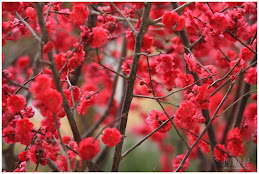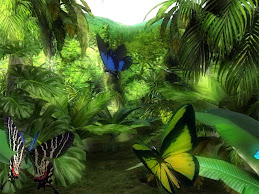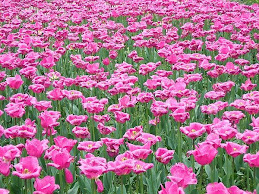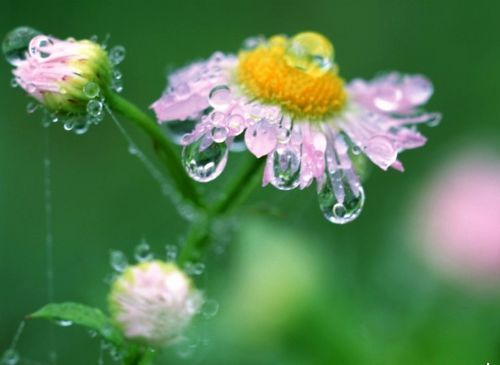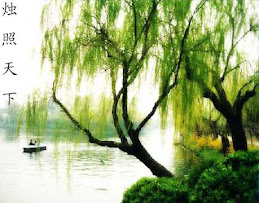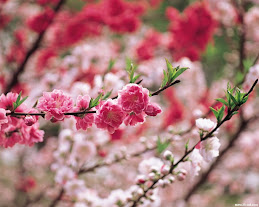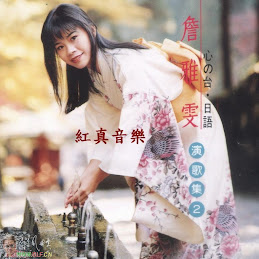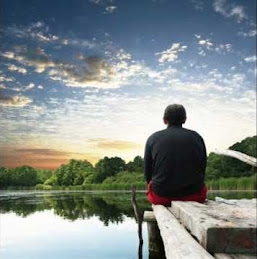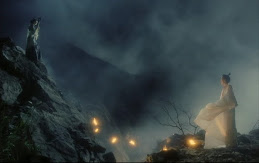
By cutting through a tract of primary and secondary forests, LTA would not only do irreparable damage to a pristine habitat, but it will also be rendering up to 4km of the 50km rail project void of patronage and revenue.
Photo: The Straits Times
https://blogger.googleusercontent.com/img/b/R29vZ2xl/AVvXsEhhwIFUkjR_AEXUAscCabne7fhghyCdgdhkJ-b4ShAqWX04cQRZvA0dCuVQG6qvQS4IGRnjVg0ydWYpb16BzCgBKeV9QAUBz9RSmt32X7yahB1ETJUknsHBvEJQ_r-RUgpyoD_EajVMyws/s1600/20160216-st-trees.jpg
http://news.asiaone.com/sites/default/files/styles/w848/public/original_images/Feb2016/20160216-st-trees.jpg?itok=EHNL3rM7×tamp=1455594379
http://news.asiaone.com/news/asian-opinions/cross-island-line-debate-misses-elephant-room
The proposed alignment of the new Cross Island Line, which could run through the Central Catchment Nature Reserve, has sparked heated debate.
While we must do what we can to preserve our natural heritage, we should not shy away from taking hard decisions, if necessary. That has been the pragmatism Singapore prides itself on.
But is building an MRT line under Singapore's largest nature reserve necessary?
It is not.
Not only that, it is actually counter-productive to have a mass rapid transit line traversing an unpopulated, forested area.
Posted by Christopher Tan, Senior Transport Correspondent, Published on 16 February 2016 at 5:00 am SGT
https://blogger.googleusercontent.com/img/b/R29vZ2xl/AVvXsEiCdSEAx3jyrKuaXMJFAV9uuNaig5zg8j-zuz4MWa36fat7mygqC4odGGKP4Gv8d48k6TMnCEtTTICwte1Tb6Uy-pAd4Zg_uvkf0rn26SeQ7yaxyHAeHJblmfBIcHmat4goFV63xk2C_so/s1600/st_20160214_aureserve14_2063356.jpg
http://www.straitstimes.com/sites/default/files/styles/x_large/public/st_20160214_aureserve14_2063356.jpg?itok=ZUyUOQWn
http://www.straitstimes.com/opinion/cross-island-line-debate-misses-elephant-in-room
The basic tenet of transport infrastructure like an MRT line must be for it to serve the masses. Going by this principle alone, the proposed alignment of the Cross Island Line is flawed.
By going through a tract of primary and secondary forests, the Land Transport Authority would not only do irreparable damage to a pristine habitat nestling around our reservoirs, but it will also be rendering up to 4km of the 50km rail project void of patronage and revenue.
The Nature Society's suggestion of an alternative route is sound, even if its primary consideration is to prevent the destruction of indigenous flora and fauna.
The route calls for the line to loop around the southern edges of the nature reserve.
This actually will allow it to serve residents in Thomson, Lornie and Adam roads, not to mention the massive development planned for Bukit Brown.
Cross Island Line, Discussion and Position Paper
The Cross Island Line is proposed to pass through the southern section of the Central Catchment Nature Reserve. The purpose of nature reserves is for the conservation of native flora and fauna, they should not to be seen as vacant State land through which transport corridors may be placed. The Nature Society believes that engineering investigation and construction works for the Cross Island Line will severely degrade pristine habitats within the nature reserve and recommends that the design alignment be adjusted to avoid crossing the reserve.
18 July 2013
Posted by The Nature Society
https://blogger.googleusercontent.com/img/b/R29vZ2xl/AVvXsEiKk5n6pHqRzHvC6HksT324RMvmb4r8DVJ09PHgzp_Mox4zrOMQ1oE0LbZXl_Agmn93WoriRoDySijUvls1JYExon8yaVzVA1QSHh7_MVrlFi13nMmWKjOa5squsmNLXpGD1HUf7-Kwmtg/s1600/MacRitchie+Forest.jpg
MacRitchie Forest.jpg
http://www.nss.org.sg/documents/%28NSS%29%20Cross-Island%20Line%20Position%20Paper.pdf
Align it a bit farther south, and it can even serve Balestier, a bustling hub that does not have any MRT planned as yet.
The LTA says the alternative route would entail longer travelling time, higher cost, more land acquisition, and possibly bigger engineering challenges associated with going through a more built-up area. These reasons hold little merit when compared with the benefits of serving a larger community.
And if travelling time were such a huge concern, surely we should look to things such as speedier trains, better synchronicity between train and platform doors, and a more sophisticated signalling system?
Admittedly, a diversion will cost more than going straight through the forest. But then again, think of the larger benefit.
The higher ridership and revenue that come with a line that serves populated areas instead of an uninhabited nature reserve will pay for the higher cost over the lifetime of the line. So, let's not be penny-wise and pound-foolish.
As for land acquisition, that is something that is unavoidable whenever we build a new rail line. The Singapore Government has never been afraid to acquire land for the larger good. And since it is now paying market rate for properties, the pain of those affected is much less than before.
The same rationale goes for any noise, dust and inconvenience that arise from a major infrastructural project.
You cannot make an omelette without breaking a few eggs.
Lastly, engineering challenges. The LTA has never shied from engineering challenges. In fact, from some of the tasks it has undertaken, it would seem that LTA's engineers love challenges.
They have diverted canals, moved rivers, excavated below viaducts, built tunnels that are just 70cm away from an existing operating tunnel, diverted a stretch of road more than 20 times, and built retaining walls that go 70m into the ground.
Heck, they have even built a 10-lane highway under the sea. And for the Thomson-East Coast Line, they are freezing the earth to prevent water seepage while constructing the Marina Bay station.
So, the proposal to have an MRT line bisecting our nature reserve has little to do with a lack of engineering confidence.
It has even less to do with saving time or risking more land acquisitions. It may have something to do with keeping construction costs down, but that would be tragic, if true.
But for the LTA to even suggest an alignment that goes right past a population centre seems to suggest a failure on the part of planners to see the forest for the trees.
By Christopher Tan, christan@sph.com.sg, The Straits Times, Tuesday, 16 February 2016
Get a copy of The Straits Times or go to straitstimes.com for more stories.
What does 'moderate' impact mean?
Last week, an environment assessment report said the effect of soil testing works on animals and plants in the Central Catchment Nature Reserve could be kept to "moderate" levels if measures to reduce impact are strictly implemented.
What does "moderate" mean? The roughly 1,000-page report, seen by The Sunday Times, said a moderate impact "falls somewhere in the range from a threshold below which the impact is minor, up to a level that might be just short of breaching a legal limit".
Assistant Professor Chian Siau Chen of the civil and environmental engineering department at the National University of Singapore said there are usually five categories under the Environmental Impact Assessment (EIA) framework: Major, moderate, minor, negligible and beneficial.
"Moderate usually refers to moderately adverse changes to the ecosystem which may exceed the range of natural variation," he said, adding that potential for recovery without intervention is good, although a low level of impact may remain.
But Ms Natalia Huang, principal ecologist at consultancy Ecology Matters, pointed out that there is no standard description for such terms in Singapore. How the terms are used could vary, she said.
"Ideally, impacts to very sensitive environments such as the freshwater streams in the Central Catchment Nature Reserve should be negligible to minor, although some moderate impacts are often unavoidable, " she said.
Ms Huang called for the EIA report to be put online, as is standard practice in other countries. It is now available for public viewing at the Land Transport Authority's Hampshire Road premises, and by appointment only, until March 4.
Posted by Audrey Tan, Published on 14 February 2016 at 5:00 am SGT
PHOTO: CHUA EE KIAM
https://blogger.googleusercontent.com/img/b/R29vZ2xl/AVvXsEiBTWHYnNdD50THCXVmpQj2eGOotBqXtmhaQM_uruyQR_C7QE67gJsClXJ2xk5qOifNhA-wFKailoNNEpPriCc5fTjU6pwFF8_NNUH8Err6VOlyNludI5TBlmAIo4WWSsumFPg8xuaobdg/s1600/print1405.jpg
http://www.straitstimes.com/sites/default/files/styles/large/public/articles/2016/02/14/print1405.jpg?itok=Bn-uIbfj
http://www.straitstimes.com/singapore/what-does-moderate-impact-mean
Reference
- https://blogger.googleusercontent.com/img/b/R29vZ2xl/AVvXsEhhwIFUkjR_AEXUAscCabne7fhghyCdgdhkJ-b4ShAqWX04cQRZvA0dCuVQG6qvQS4IGRnjVg0ydWYpb16BzCgBKeV9QAUBz9RSmt32X7yahB1ETJUknsHBvEJQ_r-RUgpyoD_EajVMyws/s1600/20160216-st-trees.jpg
- http://news.asiaone.com/sites/default/files/styles/w848/public/original_images/Feb2016/20160216-st-trees.jpg?itok=EHNL3rM7×tamp=1455594379
- http://news.asiaone.com/news/asian-opinions/cross-island-line-debate-misses-elephant-room
- https://blogger.googleusercontent.com/img/b/R29vZ2xl/AVvXsEiCdSEAx3jyrKuaXMJFAV9uuNaig5zg8j-zuz4MWa36fat7mygqC4odGGKP4Gv8d48k6TMnCEtTTICwte1Tb6Uy-pAd4Zg_uvkf0rn26SeQ7yaxyHAeHJblmfBIcHmat4goFV63xk2C_so/s1600/st_20160214_aureserve14_2063356.jpg
- http://www.straitstimes.com/sites/default/files/styles/x_large/public/st_20160214_aureserve14_2063356.jpg?itok=ZUyUOQWn
- http://www.straitstimes.com/opinion/cross-island-line-debate-misses-elephant-in-room
- https://blogger.googleusercontent.com/img/b/R29vZ2xl/AVvXsEiKk5n6pHqRzHvC6HksT324RMvmb4r8DVJ09PHgzp_Mox4zrOMQ1oE0LbZXl_Agmn93WoriRoDySijUvls1JYExon8yaVzVA1QSHh7_MVrlFi13nMmWKjOa5squsmNLXpGD1HUf7-Kwmtg/s1600/MacRitchie+Forest.jpg
- MacRitchie Forest.jpg
- http://www.nss.org.sg/documents/%28NSS%29%20Cross-Island%20Line%20Position%20Paper.pdf
- https://blogger.googleusercontent.com/img/b/R29vZ2xl/AVvXsEiBTWHYnNdD50THCXVmpQj2eGOotBqXtmhaQM_uruyQR_C7QE67gJsClXJ2xk5qOifNhA-wFKailoNNEpPriCc5fTjU6pwFF8_NNUH8Err6VOlyNludI5TBlmAIo4WWSsumFPg8xuaobdg/s1600/print1405.jpg
- http://www.straitstimes.com/sites/default/files/styles/large/public/articles/2016/02/14/print1405.jpg?itok=Bn-uIbfj
- http://www.straitstimes.com/singapore/what-does-moderate-impact-mean







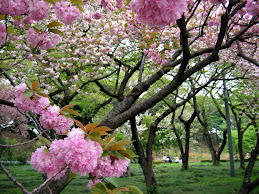
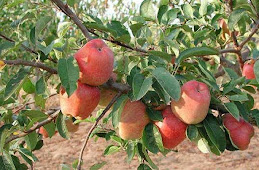



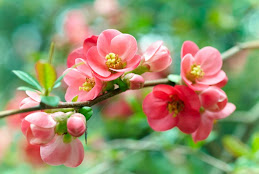


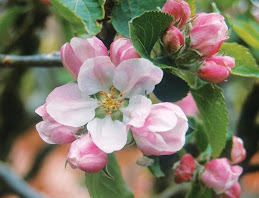


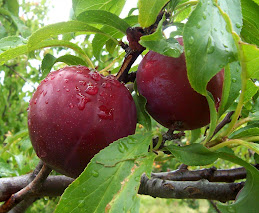
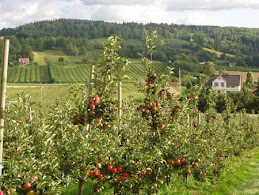
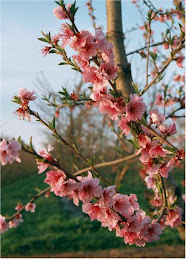
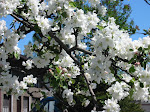




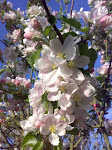

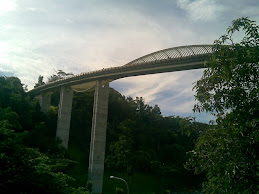
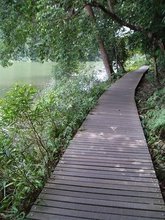


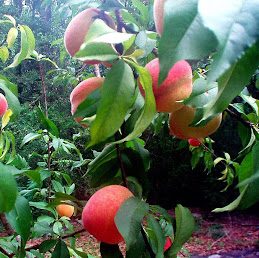
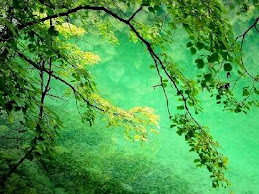
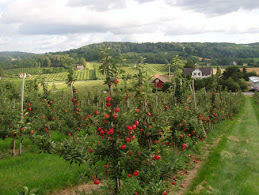


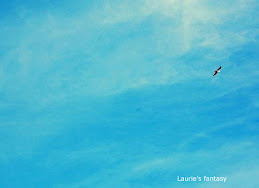
.jpg)
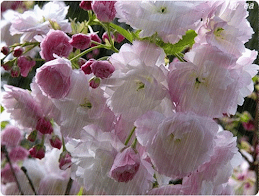.gif)
.jpg)
